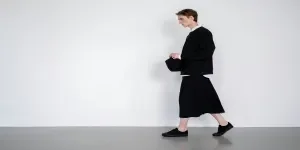As we look ahead to A/W 24/25, it’s clear that the world of workwear is undergoing a significant shift. Conventional sartorial styling is giving way to a fresh, minimalist approach that prioritizes both form and function. By focusing on essential pieces and incorporating modular, multifunctional design features, fashion brands have the opportunity to create timeless, adaptable garments that resonate with the modern professional. In this article, we’ll explore key strategies for crafting a minimalist workwear range that embodies understated elegance, longevity, and versatility, all while keeping circularity principles at the forefront.
Table of Contents
1. Embrace modular design for versatile outerwear
2. Achieve seasonless style with subtle trouser details
3. Upcycle and innovate with unconventional tailoring
4. Elevate blouses with understated draping
5. Transform knit dresses for elegant day-to-night looks
Embrace modular design for versatile outerwear
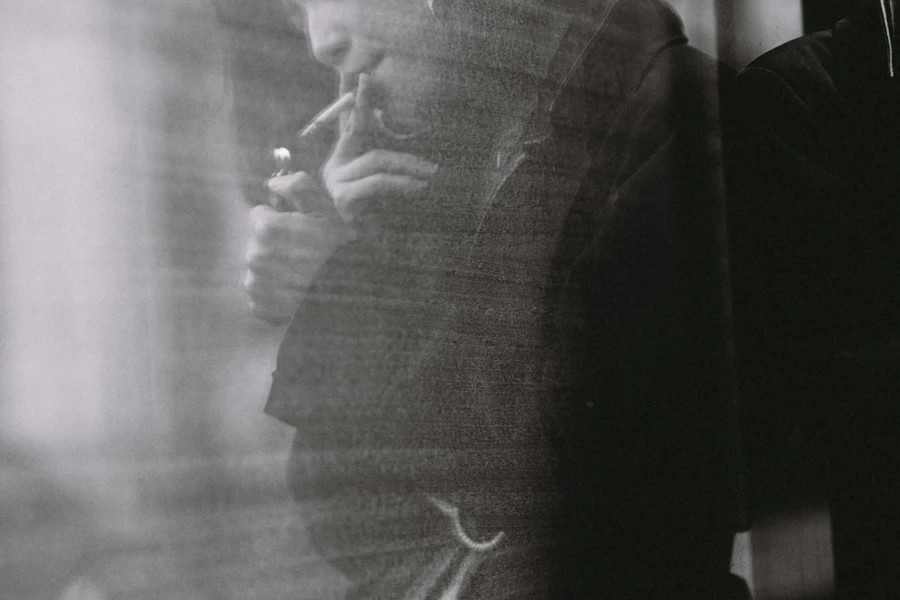
Outerwear presents a prime opportunity to incorporate modular design principles, creating versatile pieces that adapt to changing needs and seasons. Statement maxi coats, reminiscent of the 1980s with their sculpted shoulders, can be transformed into different blazer lengths through strategically placed concealed zippers. This approach allows a single garment to serve multiple purposes, catering to various occasions and style preferences.
To further enhance the versatility of these modular coats, designers should consider gender-inclusive relaxed fits that accommodate a wide range of body types. Removable linings are another key feature, enabling the coat to be worn comfortably across different seasons, from the crisp days of autumn to the chill of winter.
When it comes to color, the focus should be on timeless hues with long-term appeal. Classic black and white, sophisticated shades of grey, and emerging neutrals offer a palette that transcends fleeting trends. These colors provide a foundation for a minimalist aesthetic that remains relevant season after season.
Achieve seasonless style with subtle trouser details
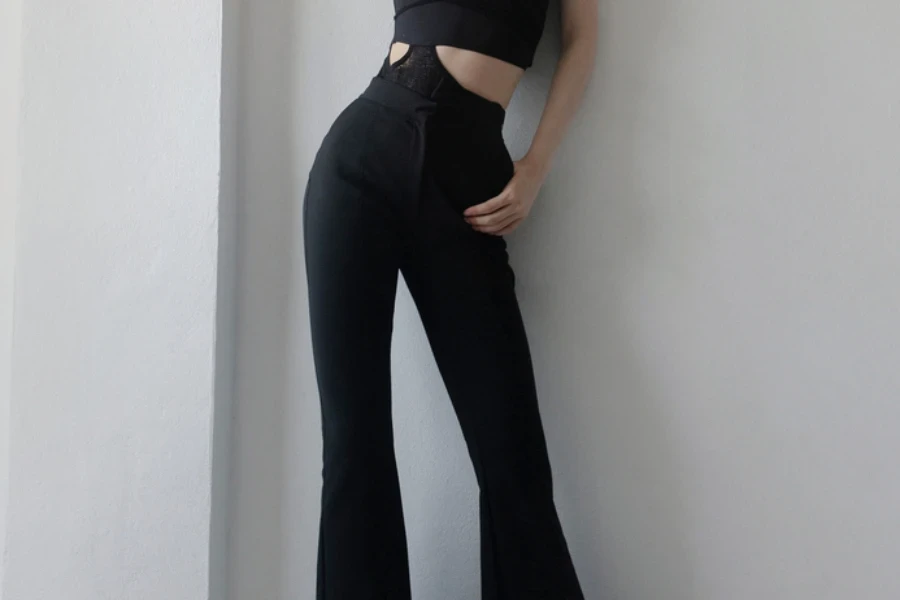
Trousers are another key area where subtle design details can make a significant impact in creating seasonless style. The popularity of slim and capri trousers presents an opportunity to incorporate adjustable length features, allowing the garment to adapt to different weather conditions and personal preferences. From simple turn-back hems to more intricate ruching or detachable hems via hidden zippers, these understated modifications offer a level of versatility that resonates with the modern wearer.
Fabric choice plays a crucial role in achieving a seasonless aesthetic. Experimenting with subversive sartorial materials that offer textural interest and a touch of stretch ensures comfort and flexibility for fitted styles. These innovative fabrics add depth to the minimalist palette while maintaining a professional and polished appearance.
While cutouts have been a popular trend in recent seasons, their prominence is gradually waning. However, designers can still incorporate this element in a more subtle and functional way by utilizing invisible zip panels. This approach allows for an adjustable take on the cutout trend, providing the wearer with the option to customize the level of exposure based on their comfort and the occasion.
Upcycle and innovate with unconventional tailoring
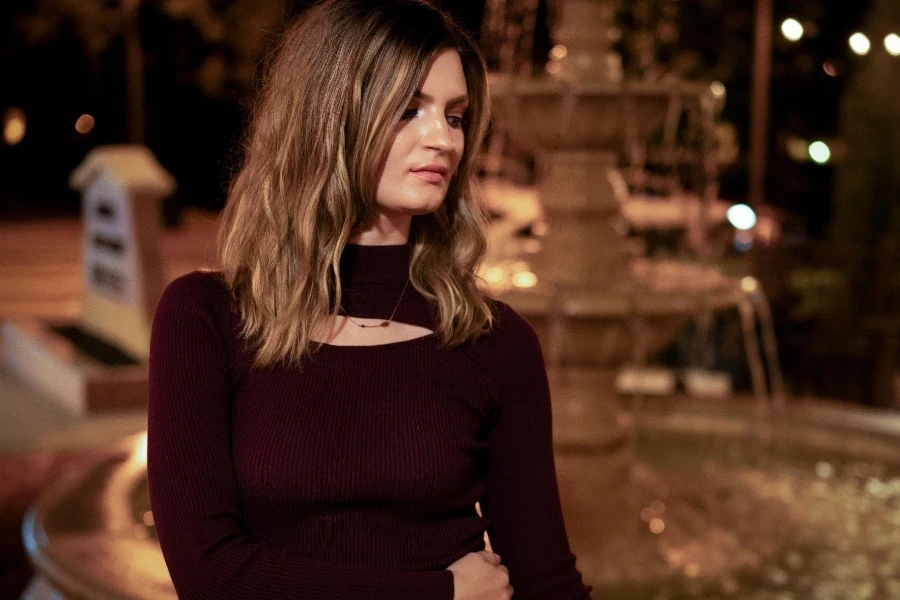
Unconventional tailoring techniques, particularly those that incorporate upcycling and innovative material choices, are set to redefine the minimalist workwear landscape in A/W 24/25. Designers can subvert classic tailoring norms by deconstructing familiar silhouettes, such as pencil skirts, and recreating them through the combination of existing garments or the utilization of deadstock fabrics. This approach not only breathes new life into pre-existing materials but also aligns with the growing demand for sustainable and ethical fashion practices.
The anti-ambition tailoring trend offers a unique opportunity to experiment with untraditional suiting materials. By incorporating unexpected textures and finishes, such as futuristic shine or tactile elements on details like belt buckles, designers can create a fresh and modern take on traditional workwear. These innovative material choices challenge conventional notions of professionalism while still maintaining a polished and sophisticated appearance.
Color plays a significant role in the unconventional tailoring narrative. Bold color blocking and tonal combinations of key winter hues inject a sense of dynamism and visual interest into minimalist ensembles. These purposeful color choices allow for a creative exploration of the minimalist aesthetic without compromising its timeless appeal.
Layered waistbands, inspired by the belt trend, offer another avenue for experimentation and detail in unconventional tailoring. By incorporating multiple waistbands or intricate belting systems, designers can add depth and dimension to otherwise streamlined silhouettes. These intriguing details not only provide a focal point for the garment but also offer the wearer a degree of adjustability and customization, enhancing the overall versatility of the piece.
Elevate blouses with understated draping
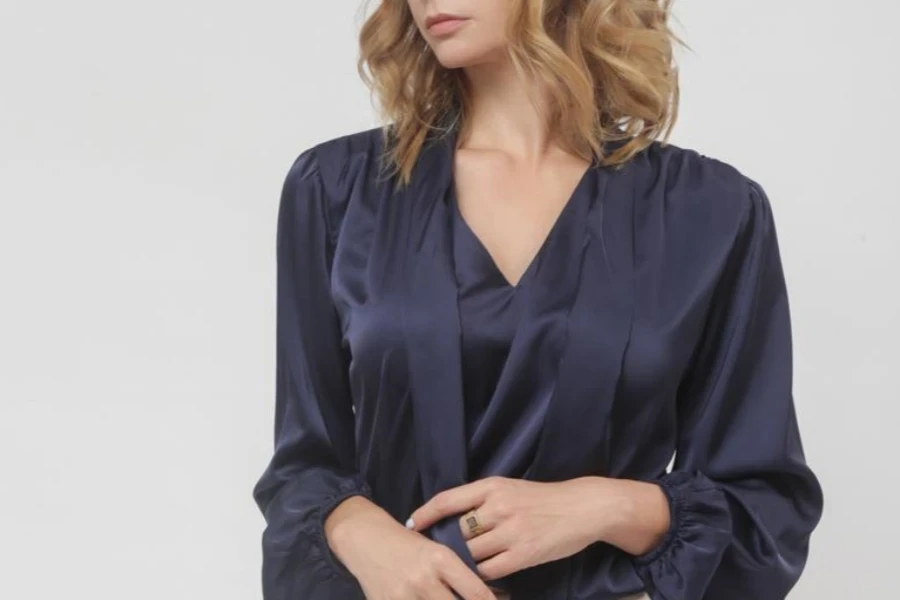
In the realm of minimalist workwear, blouses serve as a versatile and essential component. The low-key luxury trend has paved the way for understated design elements, such as draping, to elevate simple blouse silhouettes. This technique adds a subtle yet sophisticated dimension to the garment, creating a balance between comfort and elegance.
Fluid fabrics, such as lustrous satin or delicate sheers, are the perfect canvas for showcasing the beauty of draping. These materials lend themselves to a relaxed and effortless aesthetic, allowing the blouse to flow and move with the wearer. The combination of fluid fabrics and gentle draping creates a sense of ease and refinement, making these blouses suitable for both professional and casual settings.
When it comes to prints and patterns, minimalist workwear calls for a restrained and timeless approach. Classic motifs, such as smart stripes or solid colors, offer a reliable foundation that complements the understated elegance of draped blouses. These enduring patterns ensure that the blouse remains relevant and wearable season after season, transcending fleeting trends.
Thoughtful details, such as double-layer cuffs or adjustable drapes with button attachments, add a touch of innovation to these minimalist blouses. These features allow the wearer to transform the garment’s styling, creating multiple looks from a single piece.
Transform knit dresses for elegant day-to-night looks
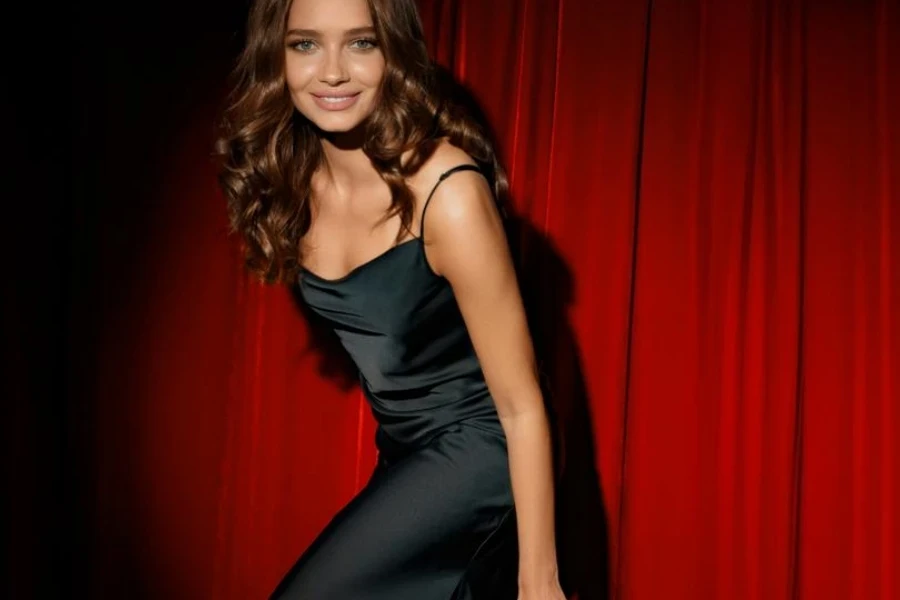
Knit dresses have emerged as a key player in the minimalist workwear scene, thanks to their ability to effortlessly transition from the office to evening engagements. These versatile pieces embody the concept of elegant simplicity, making them the perfect choice for the modern professional who seeks both style and practicality in their wardrobe.
To elevate knit dresses and enhance their day-to-night appeal, designers should focus on incorporating refined details and luxurious materials. Ribbed textures and premium perennial fibers, such as merino wool or cashmere, add a touch of sophistication to these streamlined silhouettes. The combination of clean lines and sumptuous textures creates a sense of understated luxury that is both timeless and on-trend.
One innovative approach to transforming knit dresses is the utilization of varied stitches and yarn densities within a single garment. By strategically combining sheer and opaque areas, designers can create visual interest and dimension while maintaining the overall minimalist aesthetic. This interplay of transparency and opacity not only adds depth to the dress but also allows for a customizable level of coverage, enabling the wearer to adapt the garment to different occasions and settings.
Conclusion
As the fashion industry looks towards A/W 24/25, it is clear that minimalist workwear is undergoing a significant transformation. By embracing modular design, seasonless styling, upcycling techniques, and understated details, fashion brands have the opportunity to create timeless, versatile garments that resonate with the modern professional. Through a focus on circularity principles, such as designing for repair, resale, and recycling, the industry can work towards reducing its environmental impact while still delivering elegant and functional workwear solutions. As we move forward, it is essential for brands to adapt and innovate, crafting minimalist workwear collections that meet the evolving needs of today’s conscious consumers.



